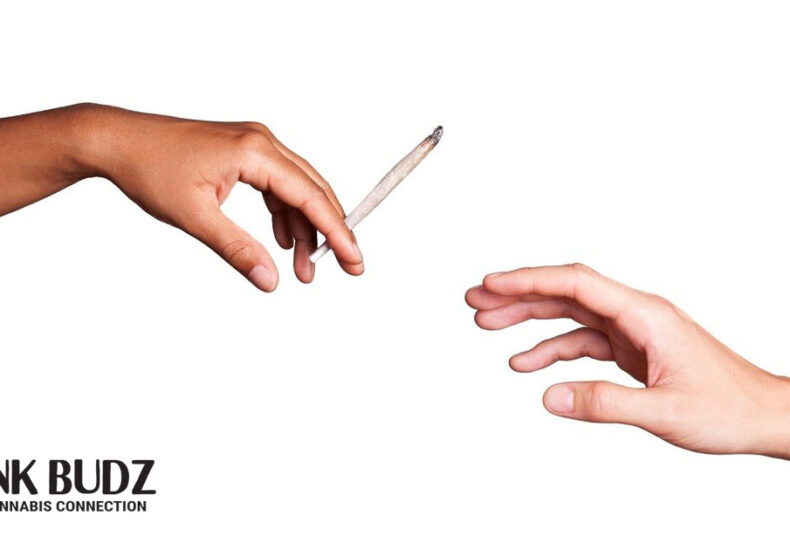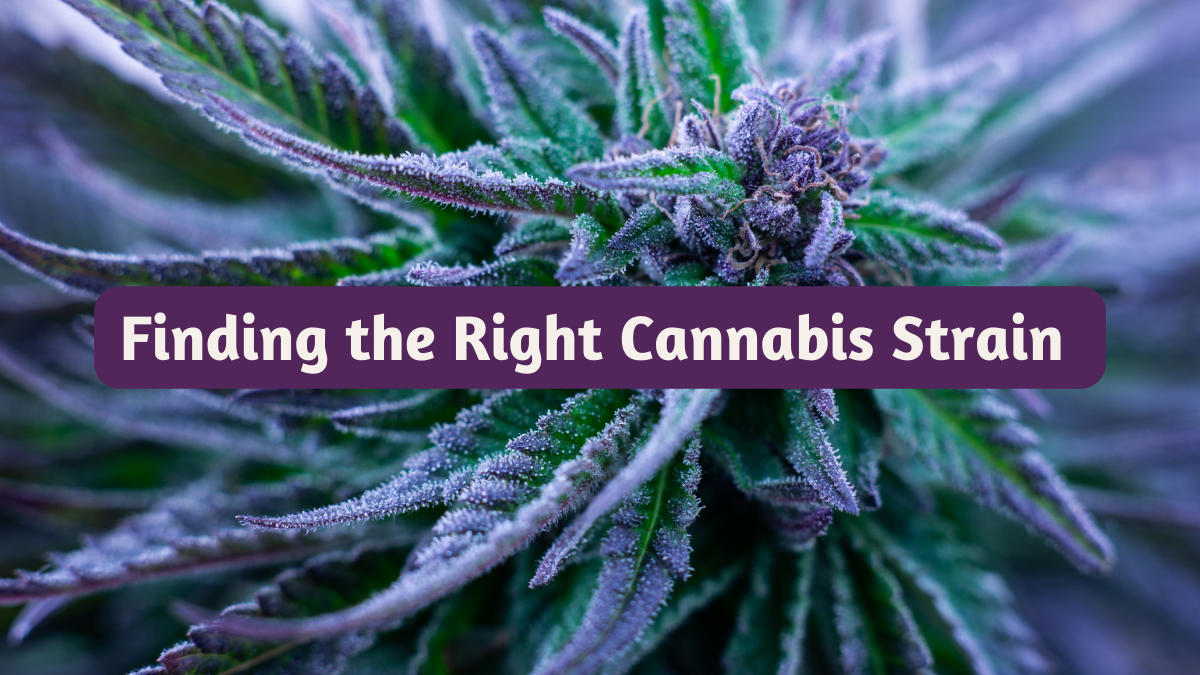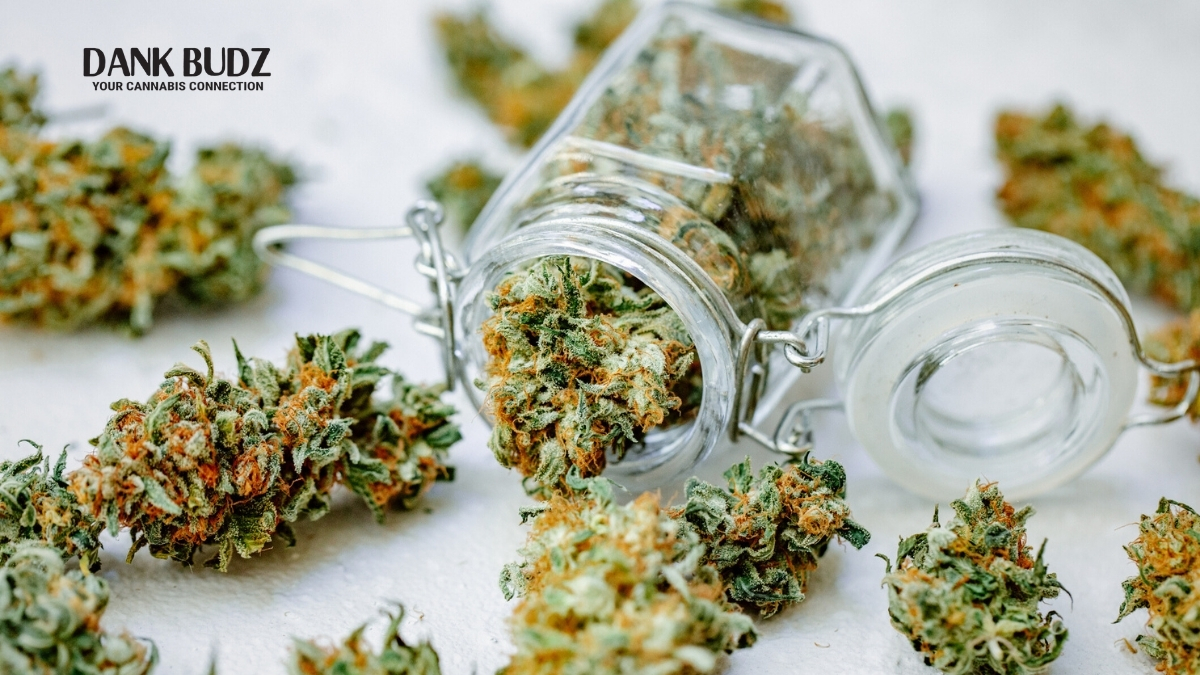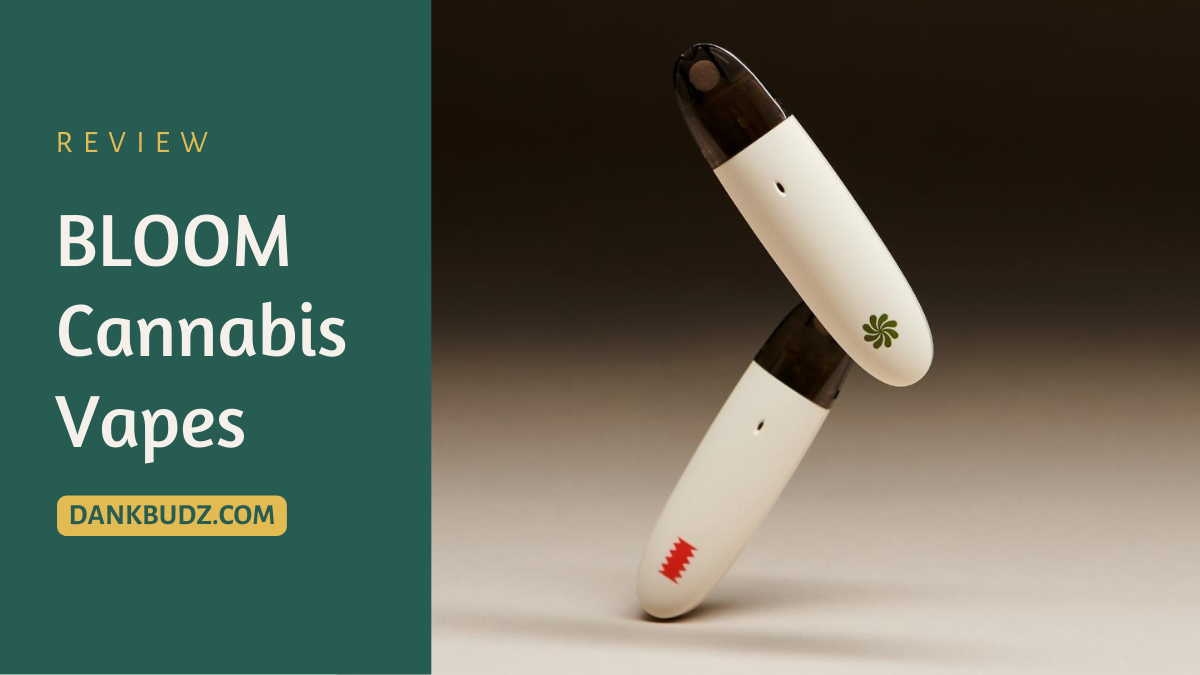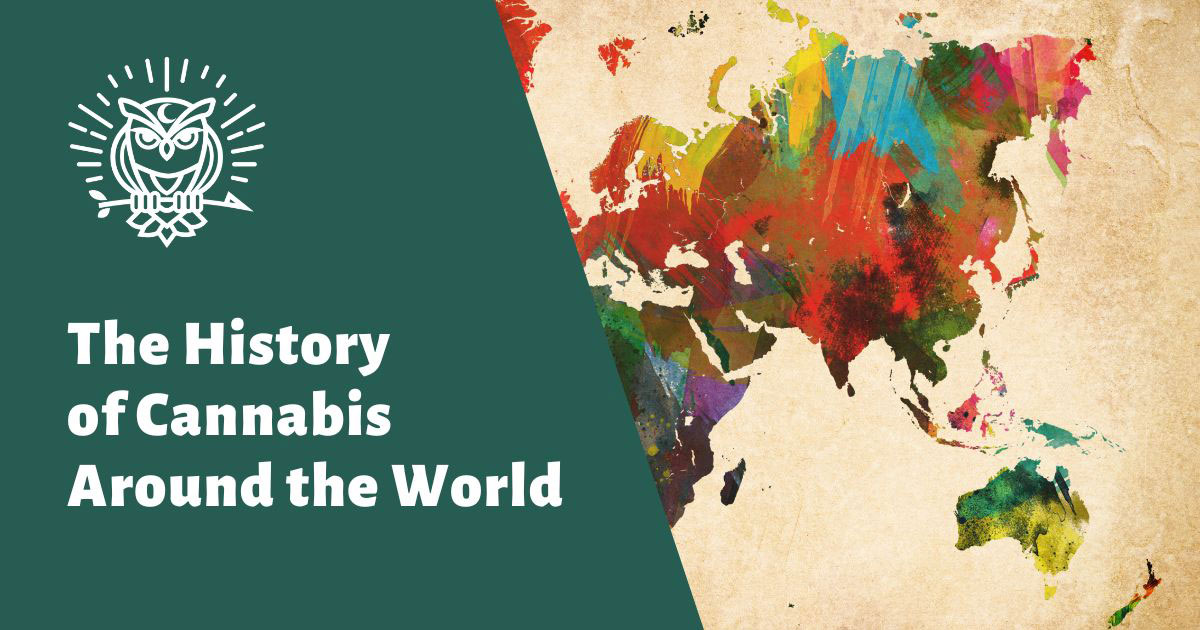
The history of cannabis is a long, interesting story. You likely know cannabis as the esteemed plant responsible for so many of your good times and inspirational sensory experiences. Or, maybe you view cannabis as a balm to calm your nerves and soothe what ails you. But did you know that cannabis has been a staple plant in multiple societies for millennia?
The cannabis plant has been used to create hemp textiles, paper, food, and industrial solutions since humans began recording history. Better yet, the medicinal properties of cannabis have made it a valuable asset for the treatment of pain and illness in cultures around the world. Its euphoric effects have been valued by people the world over, and archeologists have even uncovered evidence of cannabis use in religious ceremonies and rituals. Today, countless people in every corner of the world enjoy cannabis recreationally as a way to relax and unwind.

The History of Cannabis and Ancient Cultures

Cannabis has been growing and evolving naturally for millions of years. In fact, according to a recent pollen study, cannabis as we know it appears to have evolved almost twenty-eight million years ago in Tibet. The plant spread to Europe nearly six million years ago and was eventually transported around the world by humans.
The growth and use of cannabis by humans were likely first established in Asia and eventually became a staple in many ancient cultures. These cultures often used the plant as an herbal remedy or medication because of its soothing qualities. There is also evidence that strains high in tetrahydrocannabinol (THC), the cannabinoid most responsible for cannabis’ psychoactive properties, have long been used as part of religious rituals and ceremonies. However, the earliest religious use of cannabis appears to have been a bit different than you might expect.
Cannabis in Ancient Asian Cultures
The first concrete evidence of cannabis cultivation and use was found at various ritual sites in Central Asia dating over 5,000 years ago. These sites were located in a Siberian mountain range and appear to have been associated with burial rituals. The cannabis plants used in these rituals, however, had a relatively low THC content, so cannabis was likely not used specifically for its psychoactive impact. Instead, this may be the earliest evidence of cannabis cultivated as a fiber plant, and hemp rope, paper, and other products were commonplace in most early societies.
Researchers also discovered a ritual site in western China dating back 2500 years. The site contains evidence that THC-heavy strains of cannabis were burned by groups who practiced Zoroastrianism.
The sacred texts of this religion note that cannabis is capable of expanding the mind—much like our view of cannabis today—and that was likely its purpose at the time.
Further evidence of the use of cannabis in ancient Asian cultures is the fact that it was named in the pharmacopeia of Chinese Emperor Shen Nung. This Emperor ruled in the 28th century BCE and is often considered the “Father of Chinese Medicine.” Its inclusion in this critical pharmacopeia indicates that teas brewed from cannabis leaves and seeds played a key role in the medical practices of the ancient Chinese world.

Middle Eastern and Indian Cultures

The significance of cannabis is evident in ancient Indian cultures, and today we enjoy learning via their legends and lore. In many texts, the god Shiva, who is considered a supreme deity by many, is referred to as “The Lord of Bhang.” According to scholars, this title comes from his love for the cannabis plant.
Ancient Hindu cultures believed that angering or displeasing the gods could lead to physical illness. Thus, rituals and ceremonies were necessary to appease the gods so subjects could be granted their favor again. During these rituals, cannabis would be burned as an offering to the gods, and the physical benefits of inhaling the cannabis smoke were considered evidence that the gods were pleased enough to provide healing.
In ancient Middle Eastern cultures, a rise in the use of cannabis across the region was attributed to the spread of Islam. Then, as today, most intoxicating substances were prohibited by the Quran. However, cannabis was not prohibited, and it was commonly purified and smoked from a pipe. Ancient Greek texts refer to a Middle Eastern group known as the Scythians, who would inhale the smoke from cannabis specifically for the purpose of achieving euphoria.
Cannabis History: From Ancient to Modern
The diverse history of cannabis in many different cultures demonstrates that humans have a long, storied relationship with our favorite plant. The medicinal uses of cannabis are mentioned in ancient texts from Greek, Roman, Assyrian, and Hindu cultures and continue today in both Eastern and Western societies.
However, while cannabis has been significant for groups and individuals through countless generations, society’s views of the plant have fluctuated in more recent history. Particularly in Western societies, the public’s relationship with cannabis has not always been a good one. In the United States, beliefs surrounding the growth and use of cannabis have changed significantly through the years.
The Cannabis Timeline
Cannabis has been cultivated in the United States for as long as people have occupied the land. It has been used to create textiles, sold and marketed for its healing properties, and used recreationally. In fact, early in the nation’s history, the general public held either neutral or positive views about the cannabis plant. Unfortunately, concentrated efforts managed to shift public opinion about the use of cannabis for much of the 20th century, despite continuous scientific findings regarding its benefits. More recently, the tide has begun to turn in favor of the cannabis community.
This brief timeline highlights key periods of the history of cannabis as experienced in the United States.
1600s-1700s
The earliest uses of cannabis plants in the United States were documented well before the nation was formed. In the 17th century, hemp—the same Cannabis Sativa L. plant you know and love—was grown on nearly every farm in the colonies. At the time, hemp fibers were used for various textiles and materials, including ropes, clothing, and sails for ships.
Hemp was so important to colonial America, in fact, that its cultivation was required by law. Legislation passed in 1619 required hemp to be grown on every farm. Hemp was so commonly used in the colonies during this period that some people even used it to pay or trade for goods, the same way we do with cash today.
The cultivation and use of hemp were so important to early America that its influence reached beyond the dissolution of the colonies and through the formation of the United States. The first President of the United States even expressed interest in hemp production. In his writings, George Washington discussed cultivation methods, hemp production, and the potential health benefits of hemp.
1800s
During the 1800s, the cultural focus on cannabis shifted away from agricultural and industrial purposes and toward the plant’s medicinal capabilities. This shift was likely triggered in part by William Brooke O’Shaughnessy, an Irish doctor who spent several years learning and honing his craft in India. In 1841, he returned from India and brought with him word of the benefits of cannabis. O’Shaughnessy had been studying and working with cholera patients and noted that when his Indian counterparts treated these patients with cannabis extracts, symptoms like vomiting and stomach pains became more manageable.
Once medicinal cannabis was introduced to the Western world, it quickly became a frequently-prescribed remedy in Europe. Word spread to the United States, and cannabis was officially added to the United States Pharmacopoeia in 1850. Doctors and pharmacists of the day began to prescribe cannabis for newly-identified purposes, some of which continue today.
Cannabis products were often used as a part of a pain treatment regimen, often to address pain while relieving symptoms of opioid withdrawal, including vomiting. While we know now that cannabinoids interact with the body’s endocannabinoid system to modulate appetite, physicians of the time simply knew that cannabis was effective at increasing appetite. Interestingly enough, some of the first edibles were created during this period. In the early 1860s, Vanity Fair advertised hashish candies that could help with nerves and depression.
1900s-1930s
The early years of the 20th century saw a continued increase in cannabis use as a form of medication. Cannabis was used as a remedy for low appetite, pain, and even muscle spasms. During this time period, however, public opinions about cannabis began to sour.
The primary purpose for the shift in perception was a series of news articles from Mexican newspapers describing the dangerous behavior of prisoners who had used “Mexican locoweed.” Their portrayal of cannabis as an illicit, psychoactive drug served to make many American legislators—and the general public—nervous about cannabis use. Arguably, these reports described an entirely different plant, but it was too late. When coupled with the generally negative views of immigrants at the time and the intentional journalistic portrayal of cannabis as a violence-inducing drug, this shift in perception caused many people to begin to support cannabis restrictions. Anti-cannabis campaigns between 1914 and 1925 meant that almost thirty states passed laws limiting or eliminating cannabis use entirely.

These laws, which aimed to prevent the use of “habit-forming drugs,” would not stay relegated to the state level. The Uniform State Drug Narcotic Act and the formation of the Federal Bureau of Narcotics termed cannabis a narcotic and stated that all member states should begin regulating cannabis.
Finally, the Marihuana Tax Act was passed in the late 1930s, which restricted cannabis possession, sales, and use to those who could afford to pay an exorbitant tax—nearly $2,500 per ounce, adjusted for inflation. Although physician and pharmacist groups vehemently opposed this law, its adoption effectively ended their ability to prescribe cannabis.
1940s-1950s
Public and medical opinions surrounding cannabis continued to shift through the next several decades. At this time, cannabis was no longer included in the United States Pharmacopoeia, and medical professionals began to discredit the opinions of those who had once supported cannabis use. Abroad, however, cannabis research continued, with scientists identifying CBD in the mid-1940s.
The United States, unfortunately, continued its steady march towards cannabis criminalization through the 1950s. The Boggs Act was passed in 1952 and required that anyone who was convicted on a charge related to cannabis or other drugs must face a mandatory punishment. Many of these penalties were very harsh, and the ongoing negative attention meant that the public’s opinion of cannabis continued to decline.
1960s-1970s
Ongoing research paid off in the mid-1960s when an Israeli team led by Dr. Raphael Mechoulam successfully isolated and studied tetrahydrocannabinol (THC). In the years that followed, Mechoulam completed a synthesis of the cannabinoid compounds in the plant, identifying the structures of dozens of cannabinoids. This research led to the eventual identification of cannabinoid receptors in the human body, the study of the medicinal effects of cannabinoids on the brain and body, and the first mapping of the endocannabinoid system.
However, the United States experienced yet another cultural shift regarding cannabis—especially its recreational use. The early 1960s saw the rise of the counterculture, led by groups who believed cannabis to be not only harmless but essential to living the human experience. This push for social change was surprisingly supported by reports from the White House that claimed cannabis did not lead to violence or the use of harder substances.
Unfortunately, although cannabis became the symbol of the counterculture movement, it was no match for harsh legislation. Between 1965 and 1970, cannabis-related arrests rose significantly as law enforcement continued to crack down on cannabis use as dictated by existing laws.
The Controlled Substances Act was passed in 1970, and it named cannabis as a Schedule 1 controlled substance on the same level as street drugs like heroin and methamphetamines. Worse, the Act doubled down on the government’s position that cannabis was a dangerous drug with no medicinal value.
On a positive note, several states decriminalized cannabis during the 1970s. In addition, the Shafer Committee recommended the decriminalization of cannabis use on a personal level, but it was ignored. As a result of these conflicting reports, the public’s view of cannabis remained divided.
1980s-2000s
Although the US War on Drugs had unofficially begun in 1937 with the Marihuana Tax Act, and the term was coined in the 1970s, the 1980s marked a significant uptick in federal action against drugs. Programs like Nancy Reagan’s “Just Say No” campaign and Drug Abuse Resistance Education (DARE) were implemented in an effort to educate children about the dangers of cannabis. During this period, Presidents Reagan, H.W. Bush, and Clinton all dedicated significant resources to campaigns to highlight anti-drug messages.
The most notable step forward for cannabis legislation during this time was the passage of California’s Proposition 215 in 1996. The Compassionate Use Act made medical cannabis use legal in California, and several other states followed suit. This time period also led to several more discoveries regarding the interactions between cannabinoids and the endocannabinoid system.
Cannabis from the 2010s to Today
As research revealed the ability of cannabinoids like CBD and THC to alleviate the symptoms of certain medical conditions like epilepsy, schizophrenia, anxiety, and more, state after state began to shift to legal medical use. CBD was made federally legal with the signing of the Agriculture Improvement Act of 2018. However, federal statute still dictates that to be considered industrial hemp plants used to produce therapeutic CBD, plants can contain no more than 0.3% THC.
In 2012, Colorado, Washington, and Massachusetts legalized the recreational use of cannabis. In the years that followed, other states passed ballot measures or statewide legislation that approved adult-use cannabis. Illinois joined the movement in 2019, becoming the first state to legalize recreational cannabis sales via the state legislature.
There are currently 37 states that have legalized medical cannabis use and 21 (plus the District of Columbia) that have approved recreational cannabis. There has also been a notable shift in public opinion. According to American Addiction Centers, 49% of Americans now believe that “marijuana should be legal for both medicinal and recreational use.”
Embrace the Future of Cannabis with Dank Budz!
We’re here to cover trends, news, products, and so much more.
Stay updated by signing-up for our newsletter and keep coming back to the site for regularly published posts about cannabis culture.

